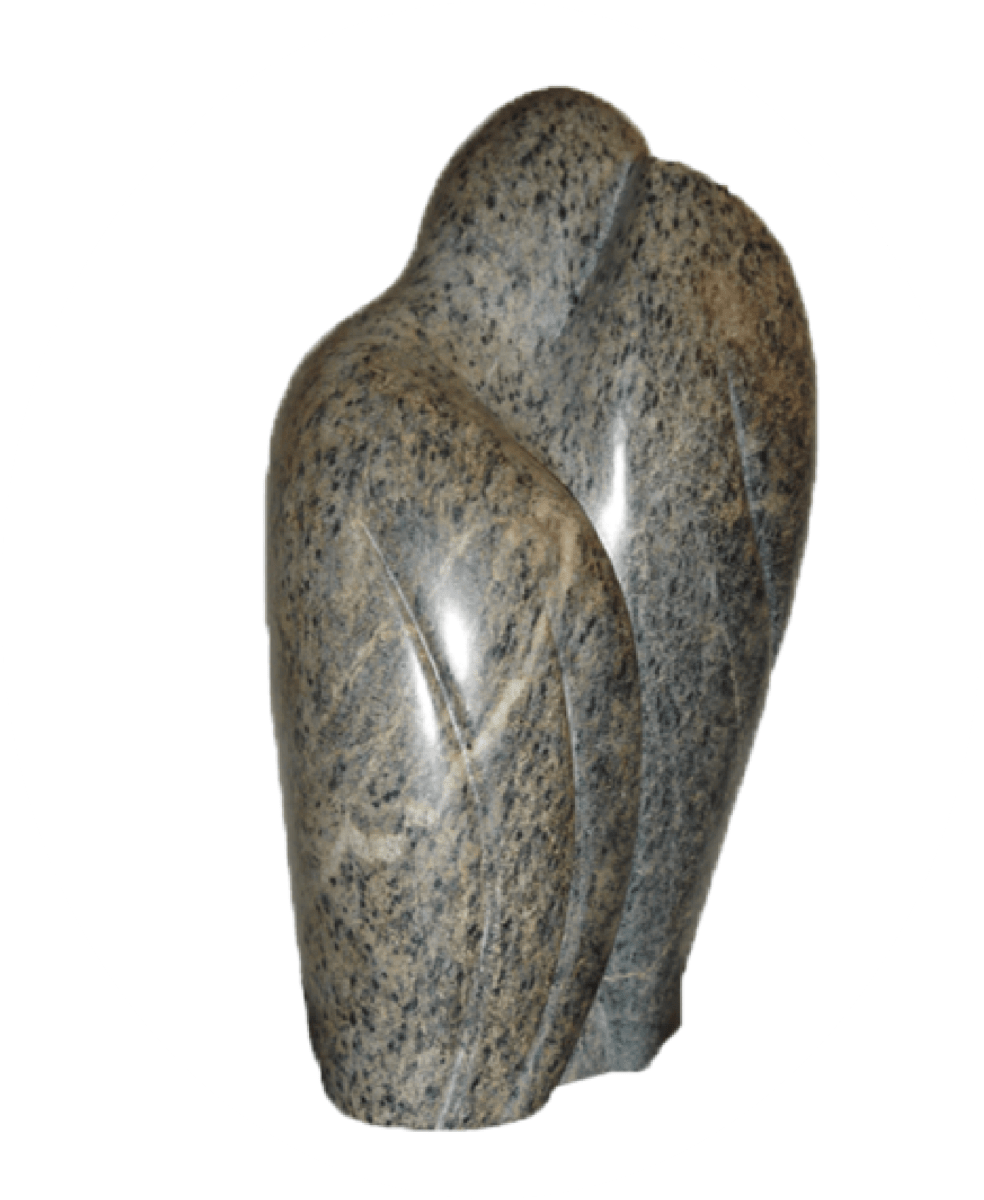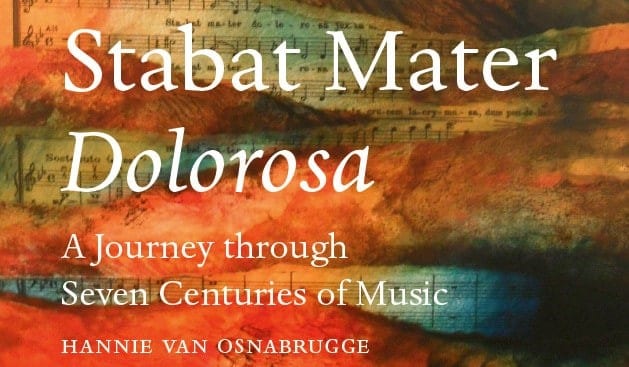As you probably know, for three decades, our exploration of the Stabat Mater has extended far beyond the realm of music, encompassing various forms of artistic expression that draw inspiration from this ancient text. From paintings to sculptures, poetry to literature, and film to dance, each interpretation offers a unique lens through which to contemplate the profound emotions conveyed in the Stabat Mater.
Recently, I stumbled upon a mesmerizing dance interpretation of Pergolesi’s Stabat Mater, the final movement, Quando Corpus Morietur. It is a breathtaking display of artistic expression, evoking a profound sense of beauty and emotional resonance that left a lasting impact.
In previous posts on this blog, we’ve delved into dance performances of Pergolesi’s Stabat Mater in diverse locations, such as Cape Town, the ‘covid’ performance, and Amsterdam with choreographer Peter Leung.
Amidst these varied renditions, a lingering question arises: does dance enrich the Stabat Mater experience, or does it detract from its essence?
Unfortunately, despite the profound effect of the dance performance we share with you today, details about the performers remain elusive.
Have you encountered this remarkable dance rendition of Pergolesi’s Stabat Mater? If so, we invite you to share your insights and reflections. Join us as we continue to explore the intricate interplay between music, dance, and the enduring legacy of the Stabat Mater.




